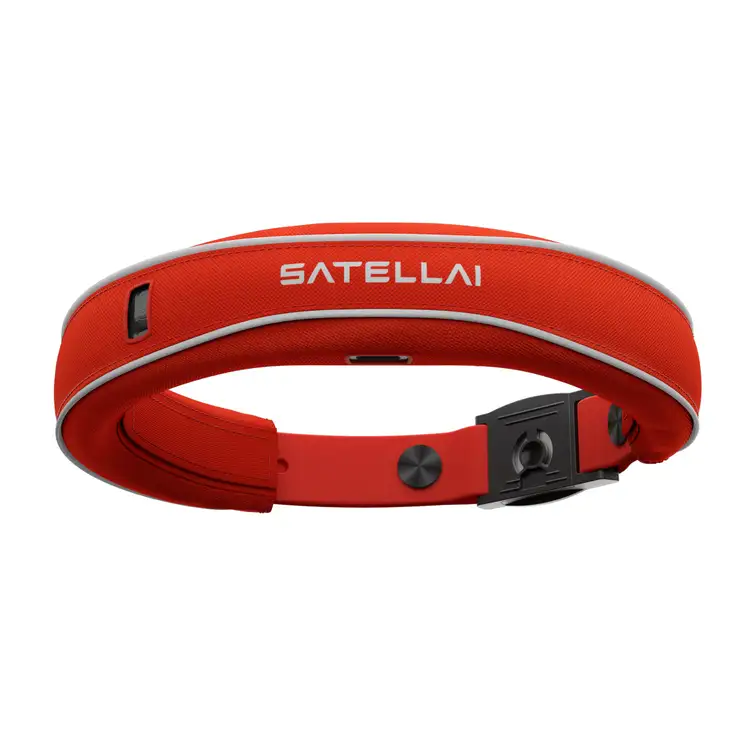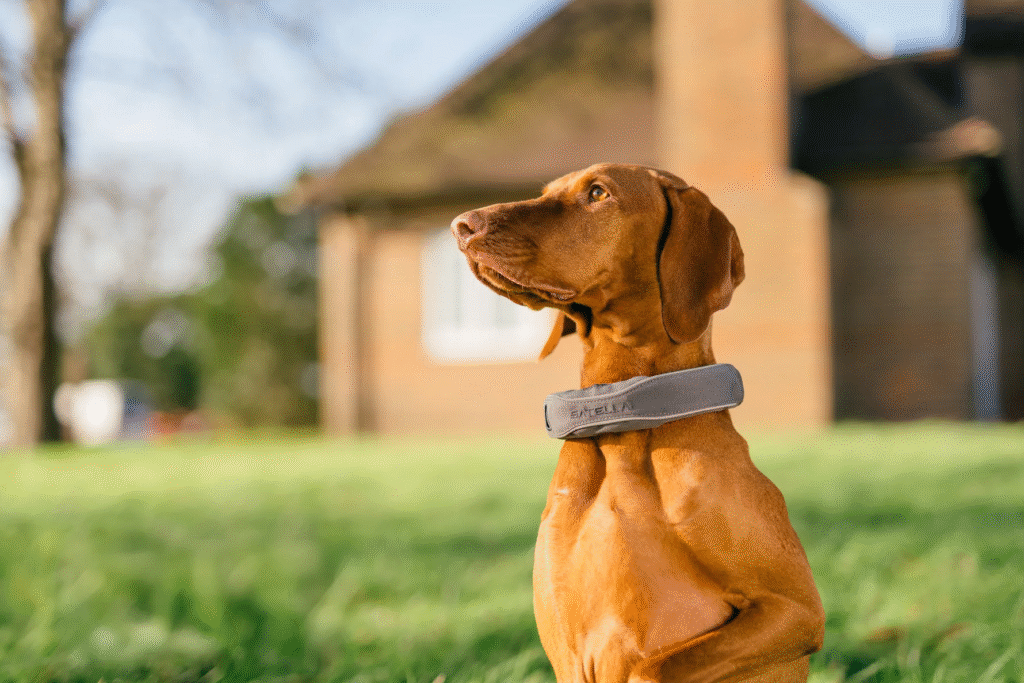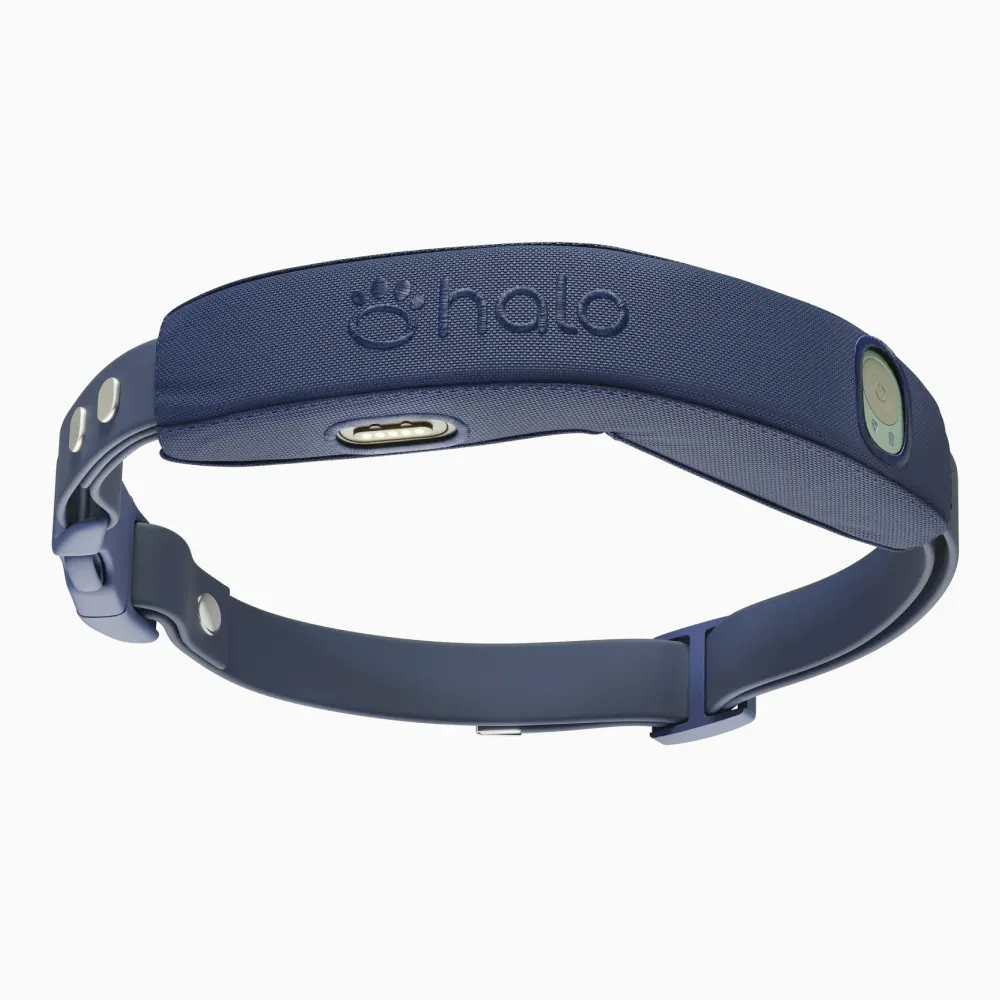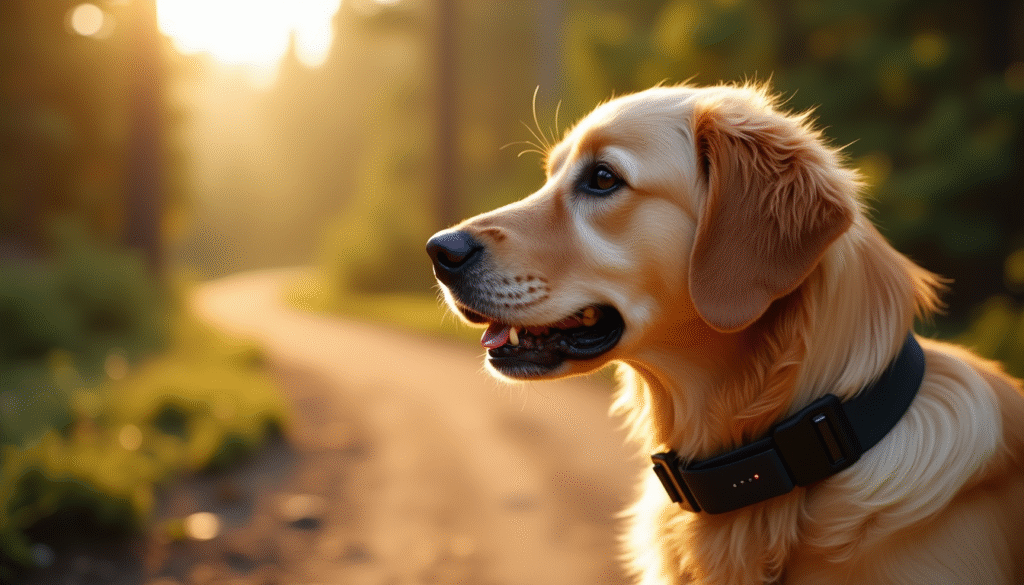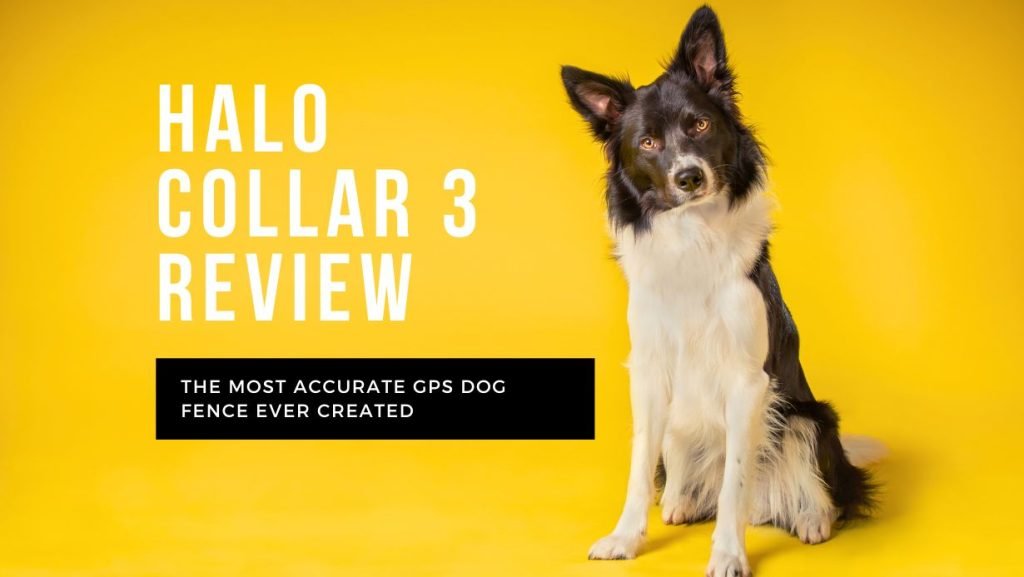New technology is finding its way into just about every aspect of our lives. Today, even our pets can be wearing tech gear to help keep them safe and out of harm’s way.
For dogs, this can mean GPS collars or tracking collars. These devices work via the same GPS that your phone uses and can help you either keep track of your dog or teach them specific boundaries on your properties, depending on the model.
One of the most expensive and most popular GPS collars on the market is the Halo. This device combines both GPS and tracking functions along with an extra feature that can deliver a small electric shock when the dog crosses a pre-defined GPS border.
However, the Halo can be too expensive for some people while others may not want a collar with shock capabilities. Below, we’ll go over 3 Halo alternatives you may want to consider when in the market for a GPS-tracking collar
Tractive GPS LTE
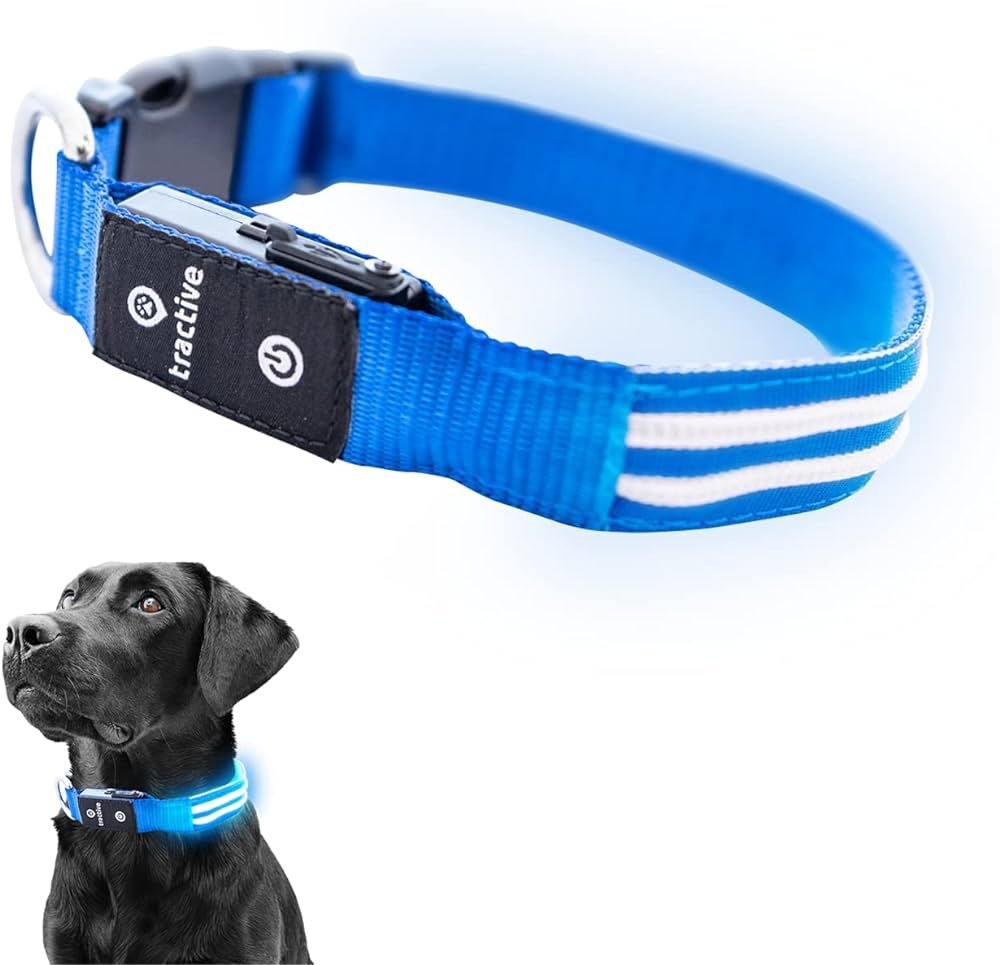
Tractive offers one of the most affordable GPS collars on the market and can be found for well under $100. It provides full GPS capabilities that connect with a phone app to provide easy monitoring of your dog from just about anywhere in the world.
The Tractive is a small device that attaches to your dog’s existing collar. It’s relatively small but on very small dogs, it may be a bit uncomfortable. It’s not heavy though at only about 1.2 ounces, so most dogs won’t even notice it once they get used to it.
The device is charged via a special cable and charger, which is a bit of a downside in our opinion. We would prefer it use a standard USB-C cable. You can order replacement cables from Tractive, but a simple USB-C is a better solution.
However, charging time is quick and you get about 10 days per charge. So about once a week you can simply charge up the unit at night and it’s ready to go again.
Tractive Features
Below are some key features of the Tractive that provide some great value for the low price.
Wifi or GPS
With the Tractive, you can choose a power-saver mode that uses your home Wifi to save power and provide longer battery life. The system will also automatically switch to GPS if it loses your home’s wifi signal.
Overall, it’s a nice feature and is easy to set up and the fallback to GPS keeps everything safe for your pet.
Health and Activity Monitoring
Within the app, there are additional functions to track activity levels during the day. You can use these to compare and see if your dog is more active or less active than usual. If you’re trying to fine-tune your dog’s diet, this can help you gauge how much food or calories to cut for weight loss purposes.
Cutting calories too much can sometimes make a dog more susceptible to weight gain as their activity level drops and metabolism slows. So the tracker can come in handy for this purpose.
Live Monitoring
The system will update every 15 seconds or so with an accurate location of your pet. So it’s not quite real-time, but it’s very close and you can view this information from anywhere in the world as long as the collar has a GPS or wifi signal.
Subscription Packages
The Tractive does require a monthly subscription, although you can pay a year upfront for a significant discount. Most of the advanced features such as live tracking or history reports are only available via the premium tier subscription.
This was a bit of a downside, although it’s only a few dollars per month. However, we would prefer to have fewer features locked behind the premium package.
Overall though, the Tractive is a very affordable GPS option that’s packed with features making it one of the better values in the market.
Pethey Dog Collar
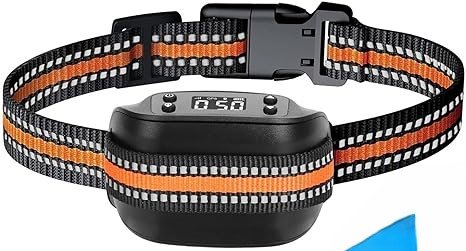
The Pethey is a radar-based dog collar used mostly for training purposes and as an e-fence. The full collar can deliver a vibration for training purposes when it crosses the set boundary. You can also configure it to use a mild electric shock if you prefer.
The Pethey is a one-time purchase and does not require any monthly fees once you purchase it. It costs a bit more than the Tractive at around $130, however, there are also no tracking or other features similar to the Tractive device. Instead, the Pethey works strictly as an e-fence but takes advantage of radar for easy setup of your boundaries.
Overall, the Pethey works well for what it’s designed for. Due to its size and weight, it’s only for medium to larger dogs though.
Setting up the device is relatively easy and the system automatically understands and converts its own latitude and longitude coordinates. The boundary you set ends up becoming an oval shape and you can set the total distance from the center to the perimeter you want.
One drawback we found was the run time. The battery lasts about 24 hours, so you will have to charge the device nightly if you want continuous coverage. Charging takes about 2 hours, so it’s not too bad.
Dogtra E-Fence Dog Collar
One problem with GPS e-fence dog collars is they require direct signal reception. If you live in a more remote area or have tall tree structures, the device doesn’t always work well or sometimes doesn’t work at all.
One solution is a traditional e-fence that uses a perimeter wire the DogtraE-Fence E350. The unit comes with 500 feet of 20-gauge wire that does have to be installed. However, once installed it provides the most reliable perimeter possible.
The unit will also alert you if the wire is damaged or broken.
As for the collar, it can work for dogs as small as 10 pounds and works via vibration only. You can set the vibration level for training purposes. With zero being the lowest and 8 being the highest.
One advantage of a traditional e-fence is that once installed, you can easily add more collars for more dogs. If you have a lot of dogs, this can end up saving you time and money over GPS collars.
One issue is the battery with our unit does drain quickly if your dog is testing the boundary and it’s setting off the collar. So the vibration does seem to use a lot of energy. However, charging is fast and the collar will alert you if the battery is getting low.
Once your dog knows the boundary, the collar rarely vibrates and the unit lasts much longer between charges.
Overall, if you don’t mind the installation of the wire, the Dogtra E-Fence 3500 does offer benefits that GPS collars can’t offer. If you are unable to get a good signal in your area or have a lot of dogs, a traditional system like this can be a great solution.
Final Tips on Selecting an Affordable GPS Dog Collar

When choosing a tracking collar, always check on any required subscription fees, as those can increase the total cost of ownership.
When using an e-collar for training purposes, understand that some dogs may not understand the correction (vibrations or electric) is due to crossing an imaginary boundary.
Make sure to consult professional resources regarding e-fence dog training to ensure your dog has a pleasant experience and doesn’t undergo any unnecessary stress or anxiety.
Finally, match the collar of your choice to your dog’s size. Most manufacturers will specify what size dogs their collar is best for. Some manufacturers also offer different-sized models for different dogs and breeds.
A collar that’s too heavy for a small dog won’t be of much use, so find the correct size for your dog breed and your dog will be much happier.


